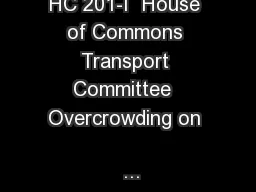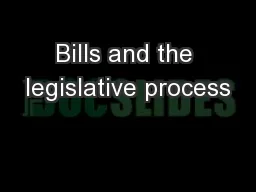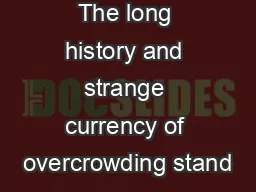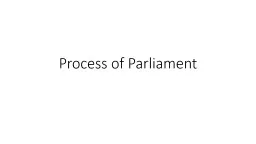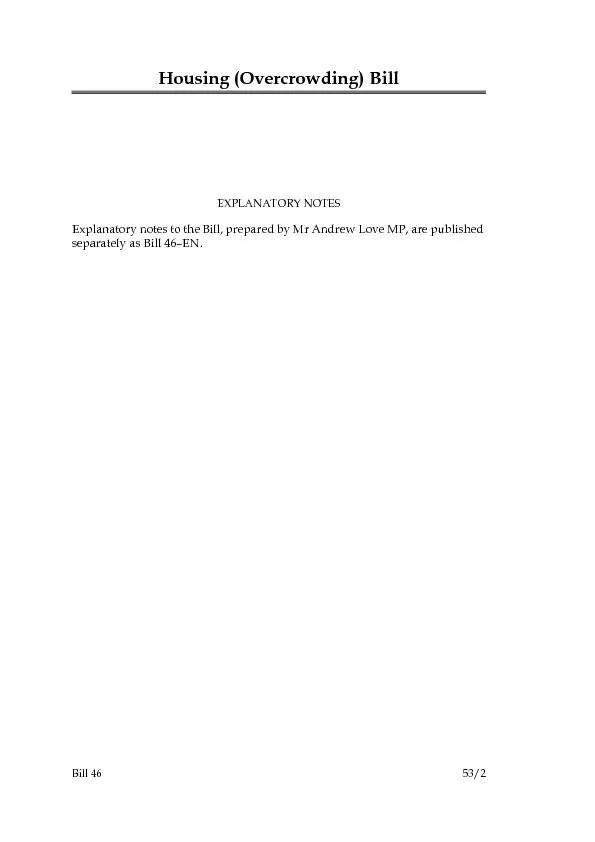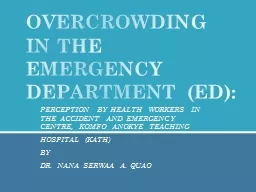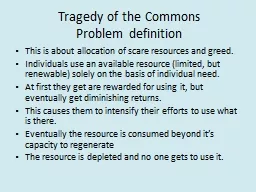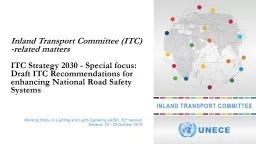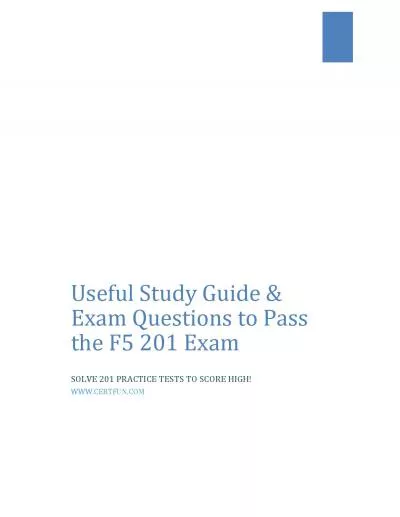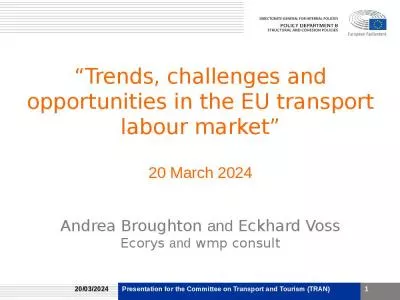PDF-HC 201-I House of Commons Transport Committee Overcrowding on ...
Author : yoshiko-marsland | Published Date : 2016-07-04
Public Transport Seventh Report of Session 200213303 Volume I Published on 15 October by authority of the House of Commons London The Stationery Office Limited Public
Presentation Embed Code
Download Presentation
Download Presentation The PPT/PDF document "HC 201-I House of Commons Transport Com..." is the property of its rightful owner. Permission is granted to download and print the materials on this website for personal, non-commercial use only, and to display it on your personal computer provided you do not modify the materials and that you retain all copyright notices contained in the materials. By downloading content from our website, you accept the terms of this agreement.
HC 201-I House of Commons Transport Committee Overcrowding on ...: Transcript
Download Rules Of Document
"HC 201-I House of Commons Transport Committee Overcrowding on
..."The content belongs to its owner. You may download and print it for personal use, without modification, and keep all copyright notices. By downloading, you agree to these terms.
Related Documents

